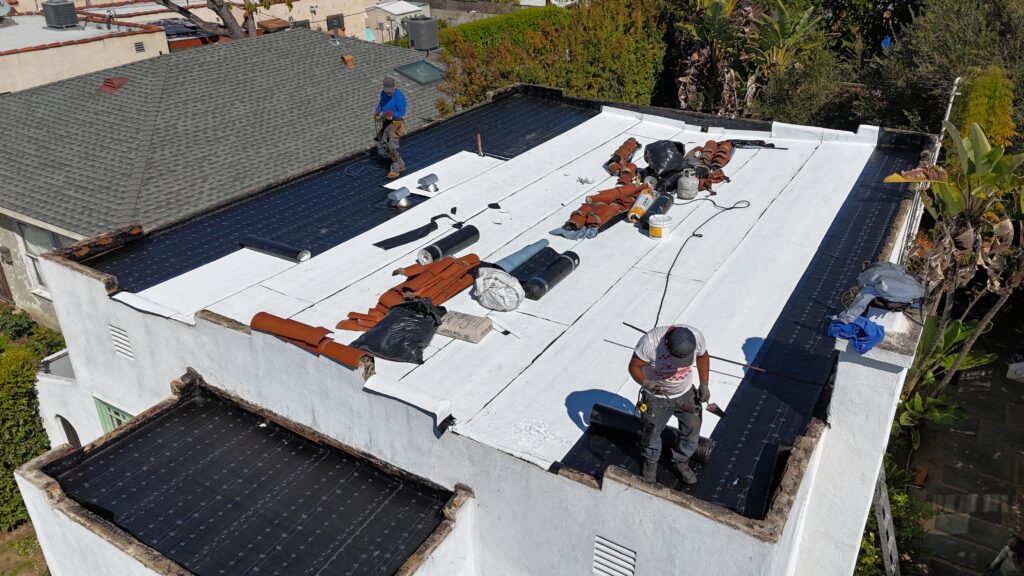Understanding Why Sealant Choice Matters
Not all sealants are created equal. The effectiveness of roof sealing depends largely on selecting the right coating for your specific roof material and environmental conditions. Each product offers different levels of waterproofing, UV resistance, and flexibility. Choosing the wrong one can lead to premature failure, while the right option extends roof life and maximizes performance.
Acrylic Roof Coatings for Versatility
Acrylic-based sealants are among the most commonly used due to their balance of affordability and effectiveness. They provide solid UV protection and are especially useful for sloped roofs like shingles or tiles. Their reflective qualities help reduce heat absorption, lowering cooling costs in hot climates. While durable, acrylics require proper surface preparation and may not be ideal for flat roofs that experience ponding water.
Silicone and Polyurethane Sealants for Flat or Metal Roofs
Silicone coatings excel in waterproofing and are particularly effective on flat roofs where water tends to pool. They maintain flexibility under extreme temperatures and provide outstanding resistance against UV rays. Polyurethane sealants, on the other hand, are known for their abrasion resistance, making them perfect for high-traffic areas or metal roofs. Both options create a strong protective barrier but require professional application to achieve proper adhesion and longevity.
Elastomeric Coatings for Flexibility and Expansion
Elastomeric coatings are designed to stretch and contract with the roof as temperatures fluctuate. This makes them ideal for climates with high thermal variation. They can bridge small cracks and gaps, creating a seamless protective layer. Elastomerics are versatile, working well on shingles, tiles, and even certain flat surfaces. Their ability to adapt to structural movement ensures roofs remain sealed year-round, even under stress.
Rubber-Based Coatings for Long-Term Durability
Rubberized coatings, including EPDM-based products, provide exceptional resistance against water infiltration and physical wear. They are often used for commercial flat roofs but are also effective on residential properties that need high durability. These coatings create a flexible but tough membrane that withstands both environmental stress and mechanical impact. When professionally applied, they can significantly extend roof lifespan.
Matching Sealants to Roof Types
Shingle and Tile Roofs: Acrylic or elastomeric coatings work best.
Metal Roofs: Polyurethane or silicone provide long-term protection.
Flat Roofs: Silicone, rubberized, or elastomeric options prevent water pooling issues.
Roof Sealing as Preventive Maintenance: ROI, Lifespan & Risk Reduction

